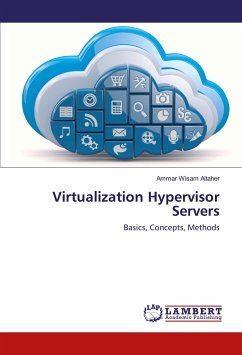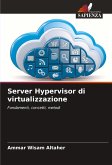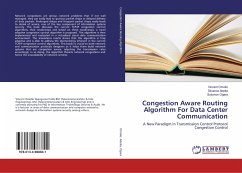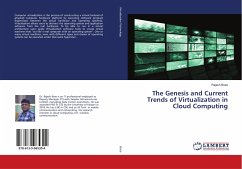Hypervisors are what make virtual machines possible, and they aren't just for servers anymore. You probably use one every day and don't even know it. The term hypervisor was first coined in 1956 by IBM to refer to software programs distributed with IBM RPQ for the IBM 360/65. The hypervisor program installed on the computer allowed the sharing of its memory. A hypervisor is software that exists outside of a guest operating system to intercept the commands sent to the computer hardware. The term "hypervisor" comes from the different levels of an operating systems kernel; it performs actions with more authority than the "supervisor" level, hence, hyper-visor. Hypervisors can be divided into two types: Type 1: (native or bare-metal hypervisors) these run directly on the host computer's hardware to control the hardware resources and to manage guest operating systems. Examples of Type 1 hypervisors include VMware ESXi, Citrix XenServer and Microsoft Hyper-V hypervisor. Type 2: (hostedhypervisors) these run within a formal operating system environment. In this type, the hypervisor runs as a distinct second layer while the operating system runs as a third layer above the hardware.
Bitte wählen Sie Ihr Anliegen aus.
Rechnungen
Retourenschein anfordern
Bestellstatus
Storno








